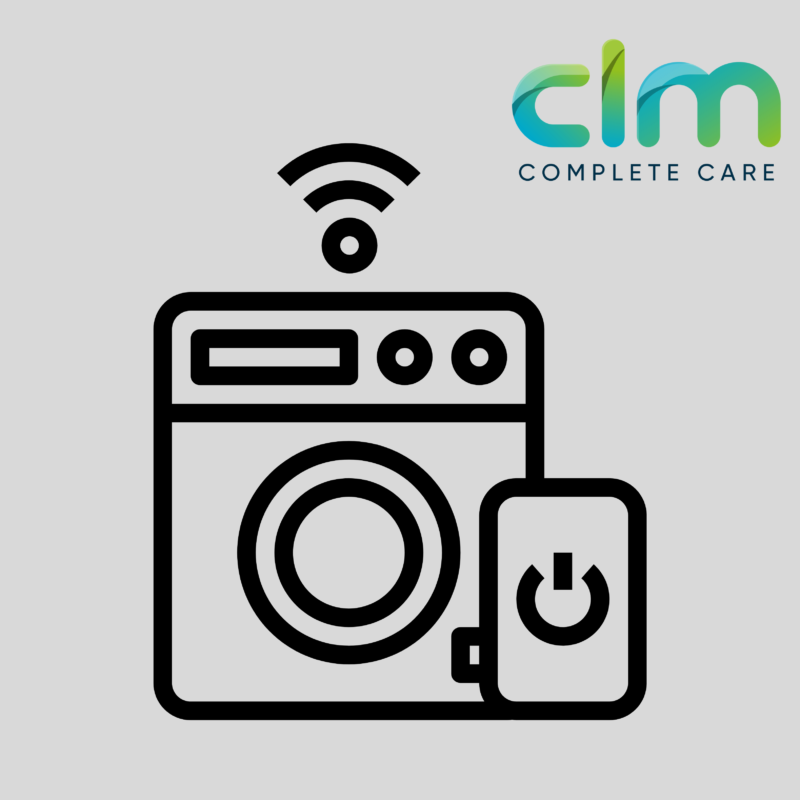How do Western brand suppliers get back on the sales offensive? A successful future has two key requirements: connectivity and consumer marketing.
Of course, controlling domestic appliances from a smartphone, tablet or computer is simple, fun and convenient. But connectivity is much more than another feature for the customer – it’s also an important new source of information for manufacturers. The data they receive can foster a deeper understanding of and closer interaction with customers. The result is attractive opportunities for new business models and sources of revenue. Take washing machines: manufacturers can now provide these on a pay per-cycle basis, where customers pay only for the actual use of a machine instead of owning one. And customers don’t need to buy their detergent at supermarkets anymore but get it delivered automatically by the maker whenever the machine signals a lack.
Connectivity also offers the manufacturer greater opportunities for customer acquisition and retention. The appliance itself provides information about its correct installation or efficient usage. This can benefit the customer, but also the manufacturers. Each purchase, use or repair of a household appliance generates important data, helping manufacturers better understand their customers, provide higher quality services and more targeted products. This is a key advantage, especially in today’s highly competitive market but will it come at a cost to the consumer?
CLM’s technical analysists and finance underwriters believe it will cost consumers more and that although beneficial within certain environments, an unnecessary expense in many others. Compared to correct, robust equipment with suitable service packages, dependant upon customers individual requirements, connectivity will not always be the most economical or correct solution.
For more information regarding connectivity and the most cost-efficient solutions for your requirements, contact CLM – info@clm-services.co.uk

